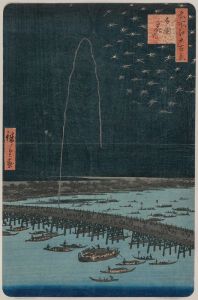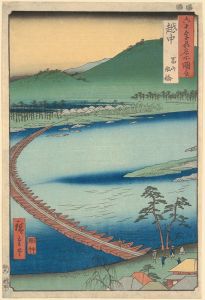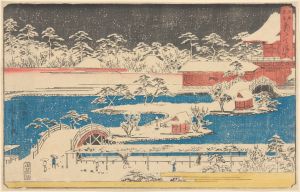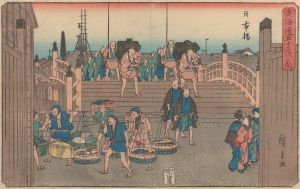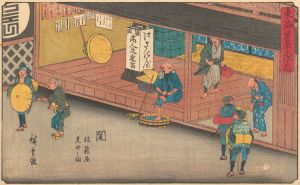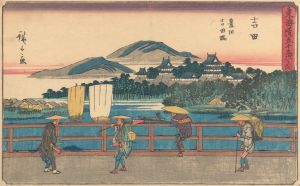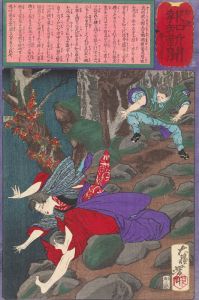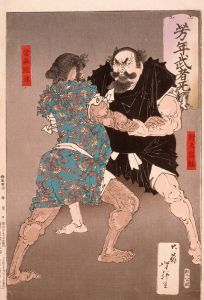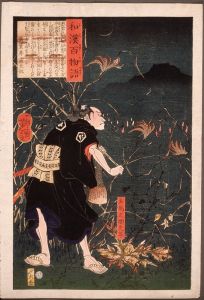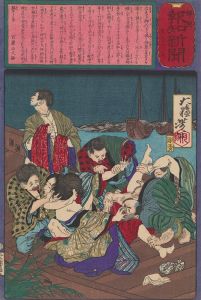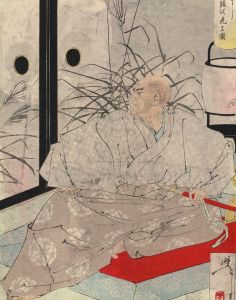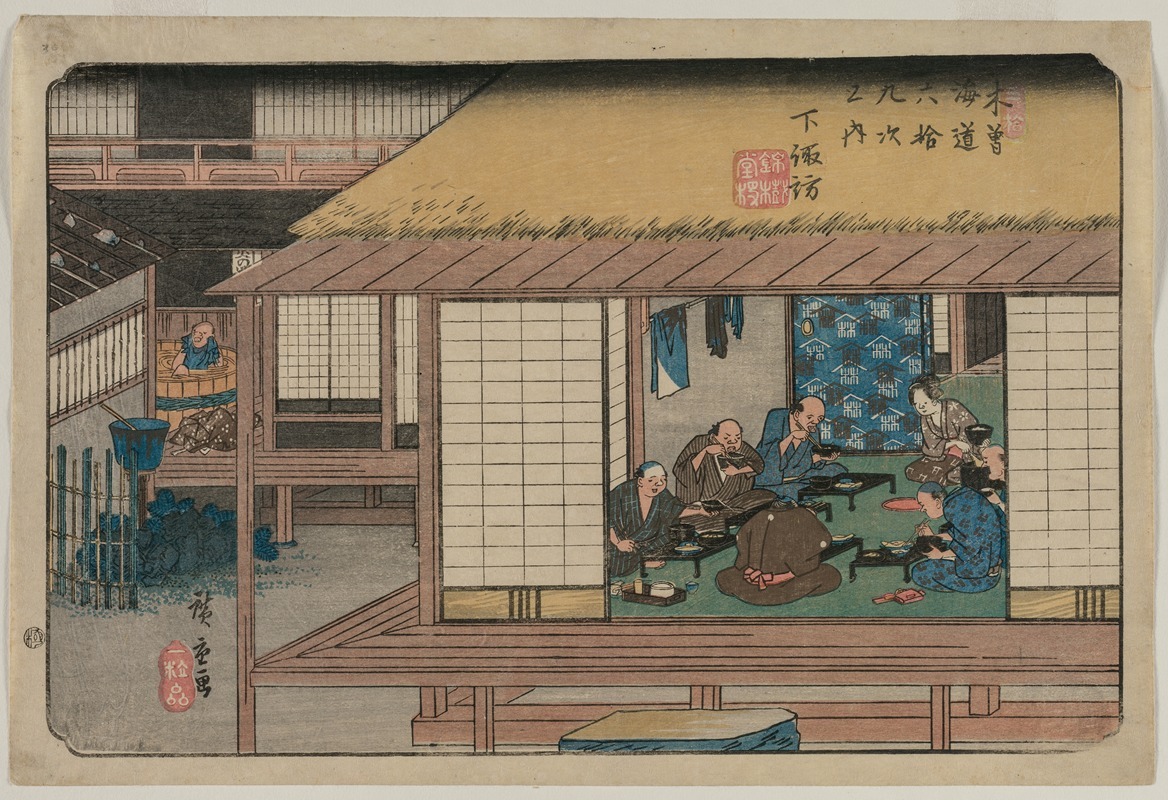
Shimosuwa, from the series Sixty-Nine Stations of the Kisokaidō
A hand-painted replica of Andō Hiroshige’s masterpiece Shimosuwa, from the series Sixty-Nine Stations of the Kisokaidō, meticulously crafted by professional artists to capture the true essence of the original. Each piece is created with museum-quality canvas and rare mineral pigments, carefully painted by experienced artists with delicate brushstrokes and rich, layered colors to perfectly recreate the texture of the original artwork. Unlike machine-printed reproductions, this hand-painted version brings the painting to life, infused with the artist’s emotions and skill in every stroke. Whether for personal collection or home decoration, it instantly elevates the artistic atmosphere of any space.
Shimosuwa, from the series Sixty-Nine Stations of the Kisokaidō by Andō Hiroshige, is a woodblock print created as part of a collaborative project by two renowned ukiyo-e artists, Andō Hiroshige and Keisai Eisen. The series, also known as Kisokaidō Rokujūkyū-tsugi, depicts the 69 post stations along the Kisokaidō (or Nakasendō), one of the five major routes of the Edo period connecting Edo (modern-day Tokyo) and Kyoto. This particular print represents Shimosuwa, the 29th station on the route.
The Kisokaidō was a mountainous inland route, in contrast to the coastal Tōkaidō, and it was known for its scenic landscapes and historical significance. Shimosuwa, located in present-day Nagano Prefecture, was an important post town due to its proximity to the Suwa Grand Shrine (Suwa Taisha), one of Japan's oldest and most significant Shinto shrines. The area was also known for its hot springs, which made it a popular resting spot for travelers.
Hiroshige's depiction of Shimosuwa captures the essence of the town and its surroundings during the Edo period. The print features a composition typical of Hiroshige's landscape works, emphasizing natural beauty and the daily life of travelers. The scene includes a view of the post town, with figures of travelers and locals engaged in various activities, set against a backdrop of mountains and other natural elements. The use of vibrant colors and intricate details reflects the high level of craftsmanship characteristic of ukiyo-e prints.
The Sixty-Nine Stations of the Kisokaidō series was created between 1835 and 1838 and was published by several publishers, including Takenouchi Magohachi (Hoeidō) and Tsuruya Kiemon. While Hiroshige and Eisen collaborated on the series, Hiroshige is credited with the majority of the designs, including Shimosuwa. The series was highly popular during its time and remains celebrated as a masterpiece of Japanese woodblock printing.
Hiroshige's work, including this print, played a significant role in shaping the Western perception of Japanese art during the 19th century, particularly after ukiyo-e prints were introduced to Europe and influenced movements such as Impressionism. Today, Shimosuwa and other prints from the series are preserved in museum collections and are studied as important cultural and historical artifacts.






